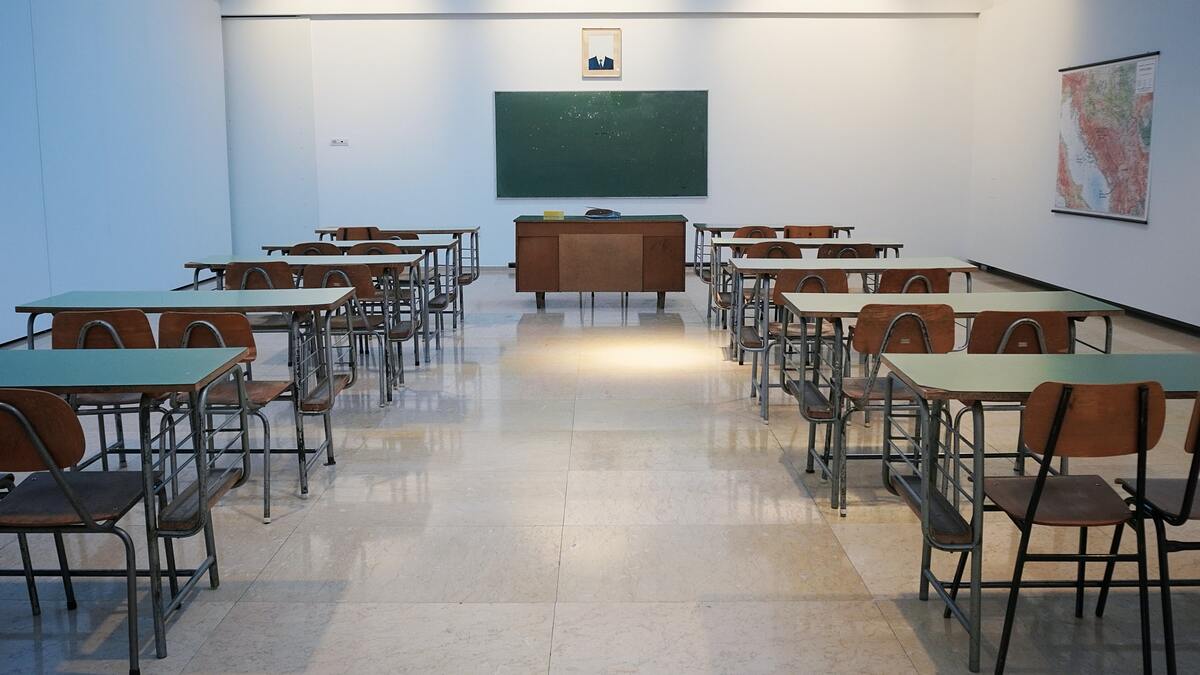
Blogs
Small staffing schools: to be or not to be
June 1, 2020


Kainar Kozhumov
Managing partner
At the last meeting of the National Council of Public Trust, the Head of State K-Zh. K. Tokayev announced several initiatives to improve the education sector. Based on the experience of the CRC on regional development projects, we have our own understanding of what is necessary for this.
In this publication, we would like to voice our position on improving the quality of school education in rural areas by enlarging schools, closing small-staffing schools with the transition to a system of schools with modern boarding schools.
Among the initiatives announced by the Head of State we would like to highlight the following:
1. Insufficient spending per one student.
2. Attracting private investment in the development of educational infrastructure.
3. Providing rural small-staffing schools with qualified teachers.
4. Accessibility of higher education.
First. Insufficient spending per one student.
«As for the insufficient funds allocated for education, there are, of course, reasons for this – we must live within our means.” But on average we spend less than 1 thousand dollars per student per year, while the top ten countries of the PISA rating spend from 10 to 14 thousand dollars per student.
It was not by chance that I drew attention to this. The basic condition for the quality of education is the school infrastructure that meets modern sanitary standards and standards of equipment and ergonomics.
Kazakhstan schools require well equipped classes with a small number of students. Much is already being done. According to the State education program, by 2025, it is planned to build 800 new schools with more than 650 thousand seats, 114 boarding schools for rural hub schools, and more than 700 sports halls. »
Without disputing the characterization itself, we would like to note the importance of increasing the efficiency of even these, not the highest, expenditures on education, especially in the field of school education.
It should be borne in mind that the average level of spending per student is indicated. This means that expenses vary from lower to higher depending on the place. Where do you think more is spent per student: in cities or in rural areas?
Using the example of one of the regions, I can say that the unit costs of school education in rural areas are almost 2.5 times higher than in cities, despite the fact that there are significantly more children studying in urban schools. In cities, much less than 1 thousand dollars is spent and in rural areas - up to 2 thousand dollars is spent.
One of the reasons for this imbalance is precisely the difference in the number of students in schools. The smaller the school, the more money is required for 1 student. It is significant that the highest unit costs were observed in areas with the lowest population density.
That is why increasing the efficiency of spending in the field of school education should begin with the consolidation of schools.
Second. Attracting private investment in the development of educational infrastructure.
"It is important that the task of infrastructure development is solved not only at the expense of the state, but also with the help of public-private partnership. Otherwise, given our positive demographic dynamics, we will always be catching up.
There are all the necessary regulatory and legal mechanisms for public-private partnership projects.
At the same time, I think it is necessary to work out the issue of increasing the financial attractiveness of investments in educational infrastructure. It is necessary to consider the possibility of increasing the per capita financing standards, changing the timing, amounts and structure of expenses reimbursed for PPP projects. »
Currently, private investment in education is attracted under a PPP scheme based on per capita subsidies. In other words, the more children choose and study at a school built by a private investor, the more subsidies he receives. Going back to the figures from the previous comment, let's think about how much private investment we can attract to build schools in rural areas. It is obvious that all private investment in education will be concentrated exclusively in cities. Then what means do we have to develop the educational infrastructure in rural areas? Budget means only. And again, we return to the question of the need to increase the effectiveness of budget investments.
Third. Providing rural small staffing schools with qualified teachers.
“To reduce the gap, it is necessary to provide rural small-staffing schools with qualified teaching staff.
“Although we have adopted the program “With a diploma to the village”, young people do not go to the village.
Now in the villages, one teacher teaches three or four subjects.
Children of different ages should learn together in the same lesson.
This issue is not taken into account in the remuneration system for rural teachers.
Therefore, this situation should be gradually corrected.
We will continue to improve the work of boarding schools. This is very important.
By 2025, more than 100 boarding schools for 11 thousand places should be built."
Before sending qualified teachers to small staffing schools in rural areas, let's first ask those teachers who work in Almaty, Nur-Sultan or in regional centers: "Under what conditions will you go to work in a small school in a remote village?" We doubt that there will be at least one such teacher who agrees to work in such small-staffing schools for at least 5 years.
For any person, work is only a part of life. Another part of his life is occupied by life, sleep, leisure, self-development, communication with friends and colleagues, etc. I think many of you have a good idea of what rural life consists of. Unfortunately, it is not necessary to talk about any quality leisure, self-development or professional communication with colleagues outside of work moments. Now imagine your child who has received a pedagogical specialty. What do you think he will choose: the opportunities provided by the city, or the work and life in a village?
Why not organize children's education in schools with modern boarding schools for the money that is spent on the maintenance of small-staffing schools? Not all boarding schools are equally terrible - after all, parents were happy to give their children to KTL (Kazakh-Turkish lyceums, now Bilim Innovation Lyceums) with boarding schools, even passing the competition.
The consolidation of schools and the development of a system of schools with modern boarding schools presupposes their creation primarily in large rural localities with a population of more than 2000 people. There, at least, we can try to provide teachers with more or less decent living and working conditions. This is again a question of efficiency of budget expenditures, but this time in improving the quality of life.
Fourth. Accessibility of higher education.
«Access to higher education is an important issue.
I believe that the system of distribution of state educational grants should include a greater social component. That is, to focus not only on the applicant's academic achievements, but also on their socio-economic status.
We should consider increasing the number of grants for socially vulnerable categories of citizens and young people from low-income families».
Any kind of quota allocation of grants is unacceptable, as it contradicts the principle of equal access of all children to higher education. We need to look at the reasons why children from socially vulnerable and low-income families are not competitive to enter higher education. As a rule, this is a consequence of poor quality of school education. And this, in turn, is largely due to the low quality of teaching and low-qualified teachers. Our children are initially quite capable and talented. But unequal access to quality school education puts them in further barriers to further education. Therefore, in order to equalize access to quality higher education, it is necessary not to increase the number of grants for such children, but to direct this money to improving the quality of school education.
all publications











